Get to know Sister Callista Roy‘s biography and Adaptation Model of Nursing in this study guide for nursing theories.
Biography of Callista Roy
Sister Callista L. Roy (born October 14, 1939) is a nursing theorist, professor, and author. She is known for her groundbreaking work in creating the Adaptation Model of Nursing.
Education and Career
Callista Roy received her Bachelor of Arts Major in Nursing from Mount Saint Mary’s College in Los Angeles in 1963 and her master’s degree in nursing from the University of California in 1966.
After earning her nursing degrees, Roy began her sociology education, receiving both a master’s degree in sociology in 1973 and a doctorate in sociology in 1977 from California.
During her time working toward her master’s degree, Roy was challenged in a seminar with Dorothy E. Johnson to develop a conceptual model for nursing. Roy worked as a pediatric nurse and noticed a great resiliency of children and their ability to adapt to major physical and psychological changes. Impressed by this adaptation, Roy worked towards an appropriate conceptual framework for nursing.
She developed the model’s basic concepts while she was a graduate student at the University of California from 1964 to 1966.
In 1968, she began operationalizing her model when Mount Saint Mary’s College adopted the adaptation framework as the nursing curriculum’s philosophical foundation.
Roy was an associate professor and chairperson of the Department of Nursing at Mount Saint Mary’s College until 1982 and was promoted to the professor’s rank in 1983 at both Mount Saint Mary’s College and the University of Portland. She helped initiate and taught in a summer master’s program at the University of Portland.
She was a Robert Wood Johnson postdoctoral fellow at the University of California, San Francisco, from 1983 to 1985 as a clinical nurse scholar in neuroscience. During this time, she researched nursing interventions for cognitive recovery in head injuries and the influence of nursing models on clinical decision making.
From 1987 to the present, Roy began the newly created resident nurse theorist position at Boston College School of Nursing, where she teaches doctoral, master’s, and undergraduate students.
In 1991, she founded the Boston Based Adaptation Research in Nursing Society (BBARNS), which would later be renamed the Roy Adaptation Association.
Roy’s other scholarly work includes conceptualizing and measuring coping and developing the philosophical basis for the adaptation model and nursing’s epistemology.
Roy belongs to the Sisters of St. Joseph of Carondelet.
Adaptation Model of Nursing
Sr. Callista Roy‘s Adaptation Model of Nursing was developed by Sister Callista Roy in 1976. The prominent nursing theory aims to explain or define the provision of nursing. In her theory, Roy’s model sees the individual as a set of interrelated systems that maintain a balance between these various stimuli. The adaptation Model of Nursing is discussed further below.
Works
Sr. Callista Roy has numerous publications, including books and journal articles, on nursing theory and other professional topics. Her works have been translated into many languages all over the world.
Roy and her colleagues at Roy Adaptation Association have critiqued and synthesized the first 350 research projects published in English based on her adaptation model.
Her most famous work is on the Roy adaptation model of nursing.
Published works
- Roy, S. C. (2014). Generating middle-range theory: From evidence to practice. New York, NY: Springer.
- Roy, S. C., & Harrington, A. (2013). Roy adaptation model-based research: Global view. Generating Middle range theory: From evidence to practice (pp. 355-365). New York, NY: Springer.
- Roy, S. C. (2013). From US nurse theorist’s view of person and good of society: Dr. Callista Roy (p. 3), in Cristina Monforte, RN, MSN, PhD (Ed.), Catalunya: Universitat Internacional de Catalunya (UIC).
- Roy, S. C., Barone, S. H. (2013). Pedagogic materials for generating middle range theories: Evidence for practice. In S.C Roy (ed.). Generating Middle Range Theory: From Evidence to Practice. New York, NY: Springer.
- Roy, S. C. (2011). Research-based on the Roy adaptation model: Last 25 years. Nursing Science Quarterly, 24(4), 312-320.
- Roy, S. C. (2011). Extending the Roy Adaptation Model to Meet Changing Global Needs. Nursing Science Quarterly, 24(4), 345-351.
- Senesac, P. M., Roy, S. C. (2010). Sister Callista Roy’s Adaptation Model, In M. Parker and M. Smith (Ed.), Nursing Theories and Nursing Practice (ed., pp. 40 page manuscript). Philadelphia, PA: F.A. Davis.
- Jones, D. A., Roy, S. C., K. A. (2013). Marjory Gordon Living Legend. NANDA- International Journal of Nursing Terminologies and Classification, 21(2), 2.
- McCurry, M.S., Hunter Revell, S., & Roy, C. (2010). Knowledge for the good of the individual and society: Linking philosophy, disciplinary goals, theory, and practice. Nursing Philosophy, 11(1), 42-52.
- Roy, C. (2009). The Roy Adaptation Model, 3rd edition. Upper Saddle River, NJ: Prentice-Hall Health.
- Barone, S., Roy, C., & Frederickson, K. (2008). Instruments used in Roy Adaptation Model-based research: Review, critique, and further directions. Nursing Science Quarterly. 21(4), 353-362.
- Roy, C. (2007). Update from the future: Thinking of Theorist Callista Roy. Nursing Science Quarterly, 20(2), 113-116.
- Roy, Sr. C. & Jones, D. (Editors). (2007). Nursing knowledge development and clinical practice. New York, NY: Springer.
- Jones, D.A., Roy, C.A., & Avant, K. (2010). Marjory Gordon, living legend. NADA- International Journal of Nursing Terminologies and Classifications, 21(2), 80-81.
- Roy, C. (2010). Assessment and the Roy Adaptation Model. (M. Ito, Trans.). Journal of Japan Society of Nursing Diagnosis, 15(1), 35-41.
- Roy, S.C., & Dowlatshahi, M. (2010). Forward. In Nursing Concepts and Nursing Theories Glossary (pp. 2-3). Tehran, Iran: Medical Sciences Publishing Center.
- Roy, S. C., Zhan, L. (2010). Sister Callista Roy’s Nursing Adaptation Model and its Applications. In M. Parker & M. Smith (Eds.), Nursing Theories and Nursing Practice, 3rd edition, (pp. 167-181). Philadelphia, PA: F.A. Davis.
- Roy, C. (2010). Nursing practice and research based on the Roy Adaptation Model. Bulletin of St. Mary’s College, 5-13.
- Roy, C. (2010). Thoughts from a theorist. Roy Adaptation Review, 13(1), 5.
- Roy, C.(2009). Forward. In J. Cutliffe, K. Hyrkas, & H.P. Mckenna (Eds.), Nursing Models: Application to Practice. London. UK: Quay Books.
- Roy, C., & Solodiuk, J. (2009). Global nursing conference focused on knowledge for good of persons and society with reflections from Ph.D. students. International Network for Doctoral Education in Nursing (INDEN) Newsletter, 8(1), 5-6.
- Roy, C., Whetsell, M.V., & Frederickson, K. (2009). The Roy Adaptation Model and research: Global perspective. Nursing Science Quarterly, 22(3), 209-211.
- Roy, C. (2009). Thoughts from a theorist. Nursing Science Quarterly, 12(1), 4.
- Roy, C. (2009). Assessment and the Roy Adaptation Model. The Japanese Nursing Journal, 29(11), 5-7.
- Roy, C. (2008). Adversity and theory: The broad picture. Nursing Science Quarterly. 21(2), 138-139.
- O’Connor, A. & Roy, C. (2008). Electric power plant emissions and public health. American Journal of Nursing. 108(2), 62-70.
- Magee, T. & Roy, C. (2008). Predicting school-age behavior problems: The role of early childhood risk factors. Pediatric Nursing, 34(1), 37-43.
- Willis, D., Grace, P., & Roy, C. (2008). A central unifying focus for the discipline: Facilitating humanization, meaning, choice, quality of life, and dying. Advances in Nursing Science. (31)1. online only: www.advancesinnursingscience.com
- Chayput, P. & Roy, C. (2007). Psychometric testing of the Thai version of coping and adaption processing scale—short form (TCAPS-SF). Thai Journal of Nursing Council, 22(3), 29-39.
- Roy, C. (2007). Update from the future: Thinking of Theorist Callista Roy. Nursing Science Quarterly, 20(2), 113-116.
- Roy, C. (2007). The Roy Adaptation Model: Historical and Philosoph-ical Foundations. In Maria Elisa Moreno, et al. (Eds.) Applicacion Del Model Adaptacion en el Ciclo Vital Humano, 2nd Edition. Chia, Columbia: Universidad de La Sabana.
- Roy, C. (2007). Fundamental History and Philosophy of the Roy Adaptation Model. In Guitierrez, M. dC (Ed.) Adaptacion y Cuidado en el ser Humano: Una Vision de Enfermeria. Bogota: Editorial El Manual Moderno, Universidad de la Sabana, 1-12.
- Roy, C. & Lindendoll, N. (2006). Defining international consensus on mentorship in doctoral education. Journal of Research in Nursing, 11(4), 345-353.
- Morgillo-Freeman, S. & Roy, C. (2005). Cognitive behavior therapy and the Roy Adaptation Model: A discussion of theoretical integration. In S.M. Freeman & A. Freeman (Eds.), Cognitive Behavior Therapy in Nursing Practice. New York: Springer Publishing Company, 3-27.
- Roy, C. & Gray, M. (2005). Role of the supervisor/mentor. In Ketefian, S. & McKenna, H.P. (Eds.). Doctoral Education in Nursing International Perspectives. New York: Routledge.
- Roy, C. (2003). Reflections on Nursing Research and the Roy Adaptation Model. Igaju-syoin Japanese Journal, 36(1), 7-11.
- Whittemore, R. & Roy, C. (2002). Adapting to Diabetes Mellitus: A Theory Synthesis. Nursing Science Quarterly, 15(4), 311-317.
Awards and Honors
Sr. Callista Roy has received numerous honors due to her work and contribution to the nursing profession.
In 2007, Roy was named a Living Legend by the American Academy of Nursing and the Massachusetts Registered Nurses Association.
Roy is also a Sigma Theta Tau member, and she received the National Founder’s Award for Excellence in Fostering Professional Nursing Standards in 1981.
Among her achievements include an Honorary Doctorate of Humane Letters from Alverno College in 1984, honorary doctorates from Eastern Michigan University (1985), and St. Joseph’s College in main (1999).
She also received the American Journal of Nursing Book of the Year Award for the Roy Adaptation Model Essentials.
Here are more of her awards & honors:
- 2013 – Distinguished Graduate Award, Bishop Conaty/Our Lady of Loretto High School
- 2013 – Honorary Doctoral Degree, Holy Family University
- 2013 – Alumni Award for Professional Achievement, UCLA
- 2013 – Excellence in Nursing, The University of Antioquia, Medellin Colombia
- 2011 – Nursing Science Quarterly Special Issue Honoring the work of Callista Roy, Vol. 24, Num. 4, Oct. 2011
- 2011 – Faculty Senior Scientist Poster Exemplar Award, Yvonne L. Munn Center for Nursing Research and the Nursing Research Expo Committee, Massachusetts General Hospital
- 2011 – The Sigma Mentor Award, Sigma Theta Tau International Alpha Chi Chapter
- 2010 – University of Southern Alabama Picture Gallery of Theorist, University of Alabama
- 2010 – Inducted to Nurse Researcher Hall of Fame, Inaugural Class, Sigma Theta Tau International, Honor Society of Nursing
- 2010 – “Sixty Who have Made a Difference,” UCLA School of Nursing, 6th Anniversary
- 2010 – Inductee, Sigma Theta Tau International Nurse Researcher Hall of Fame
- 2007 – American Academy of Nursing Living Legend Award
Callista Roy’s Adaptation Model of Nursing
The Adaptation Model of Nursing is a prominent nursing theory aiming to explain or define the provision of nursing science. In her theory, Sister Callista Roy’s model sees the individual as a set of interrelated systems that maintain a balance between various stimuli.
The Roy Adaptation Model was first presented in the literature in an article published in Nursing Outlook in 1970 entitled “Adaptation: A Conceptual Framework for Nursing.” In the same year, Roy’s Adaptation Model of Nursing was adapted in Mount St. Mary’s School in Los Angeles, California.
Roy’s model was conceived when nursing theorist Dorothy Johnson challenged her students to develop conceptual models of nursing during a seminar. Johnson’s nursing model was the impetus for the development of Roy’s Adaptation Model.
Roy’s model incorporated concepts from Adaptation-level Theory of Perception from renowned American physiological psychologist Harry Helson, Ludwig von Bertalanffy’s System Model, and Anatol Rapoport’s system definition.
First, consider the concept of a system as applied to an individual. Roy conceptualizes the person in a holistic perspective. Individual aspects of parts act together to form a unified being. Additionally, as living systems, persons are in constant interaction with their environments. Between the system and the environment occurs an exchange of information, matter, and energy. Characteristics of a system include inputs, outputs, controls, and feedback.
Assumptions
Scientific Assumptions
- Systems of matter and energy progress to higher levels of complex self-organization.
- Consciousness and meaning are constructive of person and environment integration.
- Awareness of self and environment is rooted in thinking and feeling.
- Humans, by their decisions, are accountable for the integration of creative processes.
- Thinking and feeling mediate human action.
- System relationships include acceptance, protection, and fostering of interdependence.
- Persons and the earth have common patterns and integral relationships.
- Persons and environment transformations are created in human consciousness.
- Integration of human and environmental meanings results in adaptation.
Philosophical Assumptions
- Persons have mutual relationships with the world and God.
- Human meaning is rooted in the omega point convergence of the universe.
- God is intimately revealed in the diversity of creation and is the common destiny of creation.
- Persons use human creative abilities of awareness, enlightenment, and faith.
- Persons are accountable for the processes of deriving, sustaining, and transforming the universe.
Major Concepts of the Adaptation Model
The following are Callista Roy’s Adaptation Model’s major concepts, including the definition of the nursing metaparadigm as defined by the theory.
Person
“Human systems have thinking and feeling capacities, rooted in consciousness and meaning, by which they adjust effectively to changes in the environment and, in turn, affect the environment.”
Based on Roy, humans are holistic beings that are in constant interaction with their environment. Humans use a system of adaptation, both innate and acquired, to respond to the environmental stimuli they experience. Human systems can be individuals or groups, such as families, organizations, and the whole global community.
Environment
“The conditions, circumstances and influences surrounding and affecting the development and behavior of persons or groups, with particular consideration of the mutuality of person and health resources that includes focal, contextual and residual stimuli.”
The environment is defined as conditions, circumstances, and influences that affect humans’ development and behavior as an adaptive system. The environment is a stimulus or input that requires a person to adapt. These stimuli can be positive or negative.
Roy categorized these stimuli as focal, contextual, and residual. Focal stimuli are that confront the human system and require the most attention. Contextual stimuli are characterized as the rest of the stimuli present with the focal stimuli and contribute to its effect. Residual stimuli are the additional environmental factors present within the situation but whose effect is unclear. This can include previous experience with certain stimuli.
Health
“Health is not freedom from the inevitability of death, disease, unhappiness, and stress, but the ability to cope with them in a competent way.”
Health is defined as the state where humans can continually adapt to stimuli. Because illness is a part of life, health results from a process where health and illness can coexist. If a human can continue to adapt holistically, they will maintain health to reach completeness and unity within themselves. If they cannot adapt accordingly, the integrity of the person can be affected negatively.
Nursing
“[The goal of nursing is] the promotion of adaptation for individuals and groups in each of the four adaptive modes, thus contributing to health, quality of life, and dying with dignity.”
In Adaptation Model, nurses are facilitators of adaptation. They assess the patient’s behaviors for adaptation, promote positive adaptation by enhancing environment interactions and helping patients react positively to stimuli. Nurses eliminate ineffective coping mechanisms and eventually lead to better outcomes.
Adaptation
Adaptation is the “process and outcome whereby thinking and feeling persons as individuals or in groups use conscious awareness and choice to create human and environmental integration.”
Internal Processes
Regulator
The regulator subsystem is a person’s physiological coping mechanism. The body attempts to adapt via regulation of our bodily processes, including neurochemical and endocrine systems.
Cognator
The cognator subsystem is a person’s mental coping mechanism. A person uses his brain to cope via self-concept, interdependence, and role function adaptive modes.
Four Adaptive Modes
The subsystem’s four adaptive modes are how the regulator and cognator mechanisms are manifested; in other words, they are the external expressions of the above and internal processes.
Physiological-Physical Mode
Physical and chemical processes are involved in the function and activities of living organisms. These are the actual processes put in motion by the regulator subsystem.
This mode’s basic need is composed of the needs associated with oxygenation, nutrition, elimination, activity and rest, and protection. This model’s complex processes are associated with the senses, fluid and electrolytes, neurologic function, and endocrine function.
Self-Concept Group Identity Mode
In this mode, the goal of coping is to have a sense of unity, meaning the purposefulness in the universe, and a sense of identity integrity. This includes body image and self-ideals.
Role Function Mode
This mode focuses on the primary, secondary, and tertiary roles that a person occupies in society and knowing where they stand as a member of society.
Interdependence Mode
This mode focuses on attaining relational integrity through the giving and receiving of love, respect and value. This is achieved with effective communication and relations.
Levels of Adaptation
Integrated Process
The various modes and subsystems meet the needs of the environment. These are usually stable processes (e.g., breathing, spiritual realization, successful relationship).
Compensatory Process
The cognator and regulator are challenged by the environment’s needs but are working to meet the needs (e.g., grief, starting with a new job, compensatory breathing).
Compromised Process
The modes and subsystems are not adequately meeting the environmental challenge (e.g., hypoxia, unresolved loss, abusive relationships).
Six-Step Nursing Process
A nurse’s role in the Adaptation Model is to manipulate stimuli by removing, decreasing, increasing, or altering stimuli so that the patient.
- Assess the behaviors manifested from the four adaptive modes.
- Assess the stimuli, categorize them as focal, contextual, or residual.
- Make a statement or nursing diagnosis of the person’s adaptive state.
- Set a goal to promote adaptation.
- Implement interventions aimed at managing the stimuli.
- Evaluate whether the adaptive goal has been met.
Analysis
As one of the weaknesses of the theory that applying it is time-consuming, applying the model to emergencies requiring quick action is difficult to complete, the individual might have completed the whole adaptation process without the benefit of having a complete assessment for thorough nursing interventions.
Adaptive responses may vary in every individual and may take a longer time compared to others. Thus, the span of control of nurses may be impeded by the time of the patient’s discharge.
Unlike Levine, although the latter tackled adaptation, Roy focused on the whole adaptive system itself. Each concept was linked with the coping mechanisms of every individual in the process of adapting.
When an individual presents an ineffective response during his or her adaptation process, the nurses’ roles were not clearly discussed. The main point of the concept was to promote adaptation, but none were stated on preventing and resolving maladaptation.
Strengths of the Roy’s Adaptation Model
- The Adaptation Model of Callista Roy suggests the influence of multiple causes in a situation, which is a strength when dealing with multi-faceted human beings.
- The sequence of concepts in Roy’s model follows logically. In the presentation of each of the key concepts, there is the recurring idea of adaptation to maintain integrity. Every concept was operationally defined.
- The concepts of Roy’s model are stated in relatively simple terms.
- A major strength of the model is that it guides nurses to use observation and interviewing skills in doing an individualized assessment of each person. The concepts of Roy’s model are applicable within many practice settings of nursing.
Weaknesses
- Painstaking application of the model requires a significant input of time and effort.
- Roy’s model has many elements, systems, structures, and multiple concepts.
Recommended Resources
Recommended books and resources to learn more about nursing theory:
Disclosure: Included below are affiliate links from Amazon at no additional cost from you. We may earn a small commission from your purchase. For more information, check out our privacy policy.
- Nursing Theorists and Their Work (10th Edition) by Alligood
Nursing Theorists and Their Work, 10th Edition provides a clear, in-depth look at nursing theories of historical and international significance. Each chapter presents a key nursing theory or philosophy, showing how systematic theoretical evidence can enhance decision making, professionalism, and quality of care. - Knowledge Development in Nursing: Theory and Process (11th Edition)
Use the five patterns of knowing to help you develop sound clinical judgment. This edition reflects the latest thinking in nursing knowledge development and adds emphasis to real-world application. The content in this edition aligns with the new 2021 AACN Essentials for Nursing Education. - Nursing Knowledge and Theory Innovation, Second Edition: Advancing the Science of Practice (2nd Edition)
This text for graduate-level nursing students focuses on the science and philosophy of nursing knowledge development. It is distinguished by its focus on practical applications of theory for scholarly, evidence-based approaches. The second edition features important updates and a reorganization of information to better highlight the roles of theory and major philosophical perspectives. - Nursing Theories and Nursing Practice (5th Edition)
The only nursing research and theory book with primary works by the original theorists. Explore the historical and contemporary theories that are the foundation of nursing practice today. The 5th Edition, continues to meet the needs of today’s students with an expanded focus on the middle range theories and practice models. - Strategies for Theory Construction in Nursing (6th Edition)
The clearest, most useful introduction to theory development methods. Reflecting vast changes in nursing practice, it covers advances both in theory development and in strategies for concept, statement, and theory development. It also builds further connections between nursing theory and evidence-based practice. - Middle Range Theory for Nursing (4th Edition)
This nursing book’s ability to break down complex ideas is part of what made this book a three-time recipient of the AJN Book of the Year award. This edition includes five completely new chapters of content essential for nursing books. New exemplars linking middle range theory to advanced nursing practice make it even more useful and expand the content to make it better. - Nursing Research: Methods and Critical Appraisal for Evidence-Based Practice
This book offers balanced coverage of both qualitative and quantitative research methodologies. This edition features new content on trending topics, including the Next-Generation NCLEX® Exam (NGN). - Nursing Research (11th Edition)
AJN award-winning authors Denise Polit and Cheryl Beck detail the latest methodologic innovations in nursing, medicine, and the social sciences. The updated 11th Edition adds two new chapters designed to help students ensure the accuracy and effectiveness of research methods. Extensively revised content throughout strengthens students’ ability to locate and rank clinical evidence.
See Also
Recommended site resources related to nursing theory:
- Nursing Theories and Theorists: The Definitive Guide for Nurses MUST READ!
In this guide for nursing theories, we aim to help you understand what comprises a nursing theory and its importance, purpose, history, types or classifications, and give you an overview through summaries of selected nursing theories.
Other resources related to nursing theory:
- Betty Neuman: Neuman Systems Model
- Dorothea Orem: Self-Care Deficit Theory
- Dorothy Johnson: Behavioral System Model
- Faye Abdellah: 21 Nursing Problems Theory
- Florence Nightingale: Environmental Theory
- Hildegard Peplau: Interpersonal Relations Theory
- Ida Jean Orlando: Deliberative Nursing Process Theory
- Imogene King: Theory of Goal Attainment
- Jean Watson: Theory of Human Caring
- Lydia Hall: Care, Cure, Core Nursing Theory
- Madeleine Leininger: Transcultural Nursing Theory
- Martha Rogers: Science of Unitary Human Beings
- Myra Estrin Levine: The Conservation Model of Nursing
- Nola Pender: Health Promotion Model
- Sister Callista Roy: Adaptation Model of Nursing
- Virginia Henderson: Nursing Need Theory
References
- Wills M. Evelyn, McEwen Melanie (2002). Theoretical Basis for Nursing. Philadelphia. Lippincott Williams & Wilkins.
- Andrew, H.A. and Roy, C. (1991). Overview of the physiologic mode. In George, J. (Ed.). Nursing theories: the base for professional nursing practice. Norwalk, Connecticut: Appleton & Lange.
- Roy, C. and McLeod, D. (1981) The person’s theory as an adaptive system. In George, J. (Ed.). Nursing theories: the base for professional nursing practice. Norwalk, Connecticut: Appleton & Lange.
- Roy, C. and Adrews, H. A. (1999). The Roy adaptation model (2nd ed). In McEwen, M. and Wills, E. (Ed.). Theoretical basis for nursing. USA: Lippincott Williams & Wilkins.
External Links
With contributions by Wayne, G., Ramirez, Q., Vera, M.
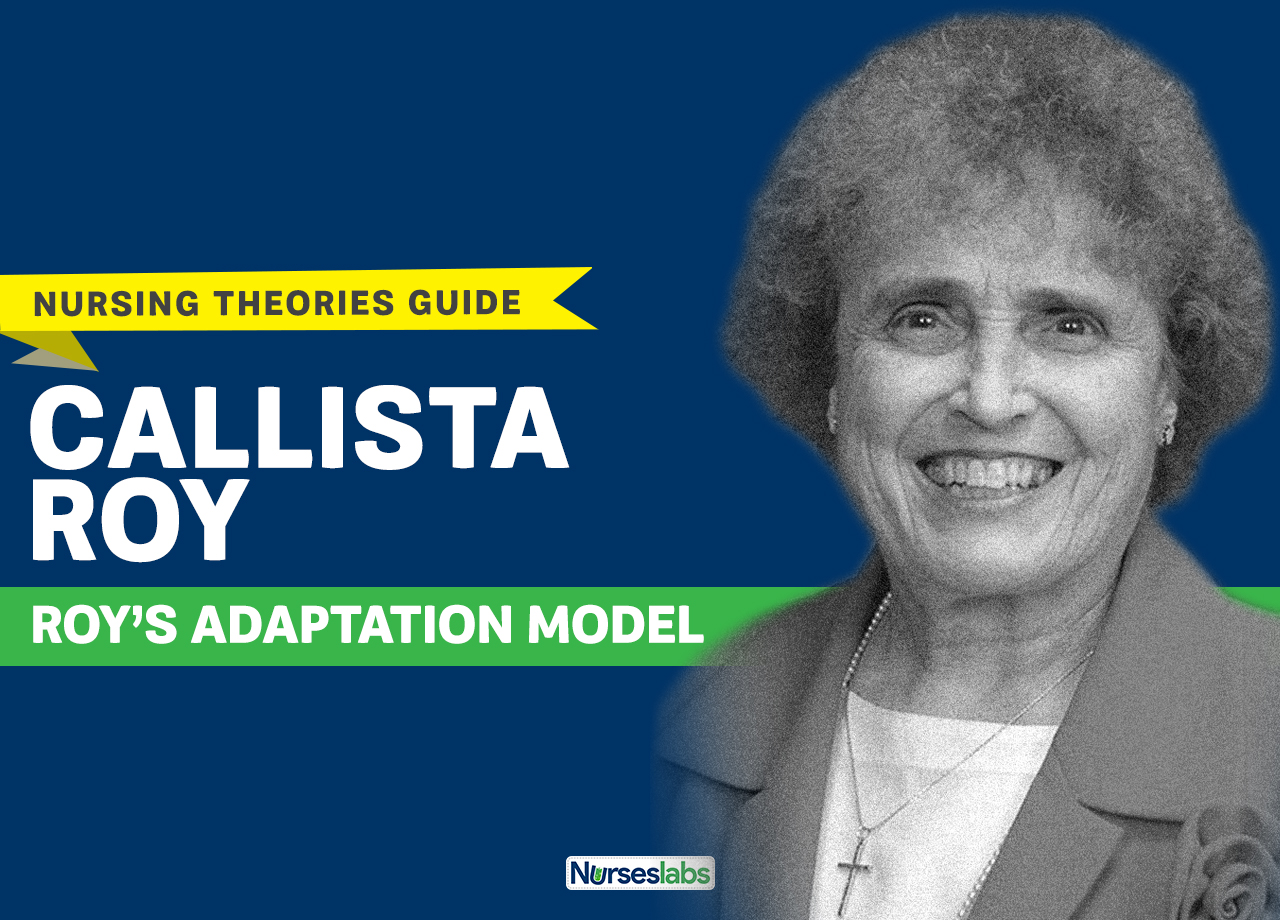
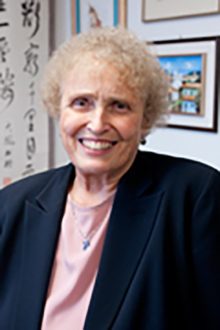
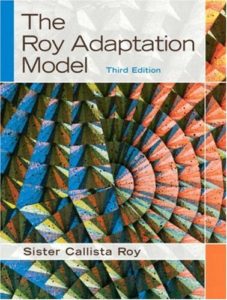
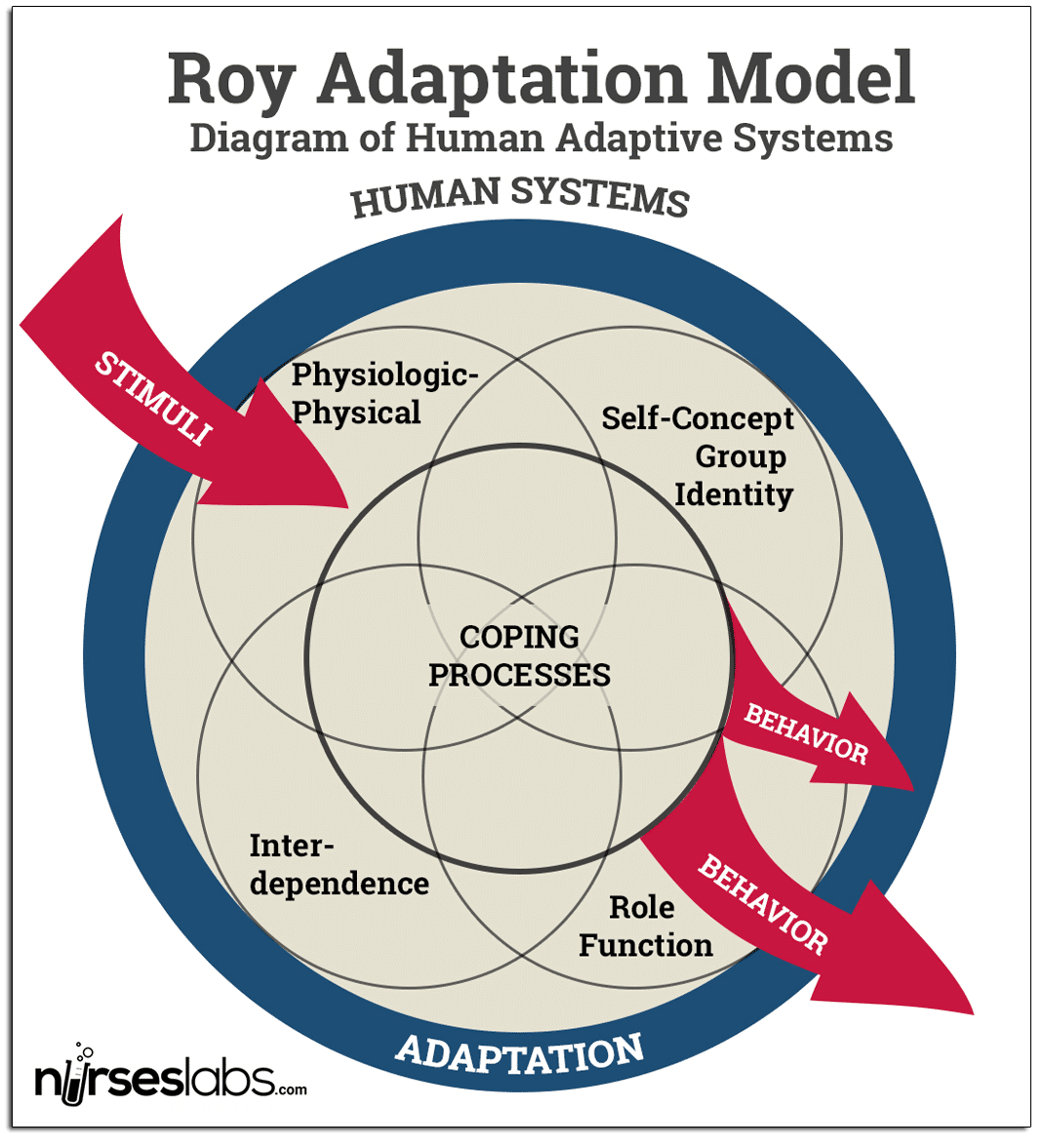
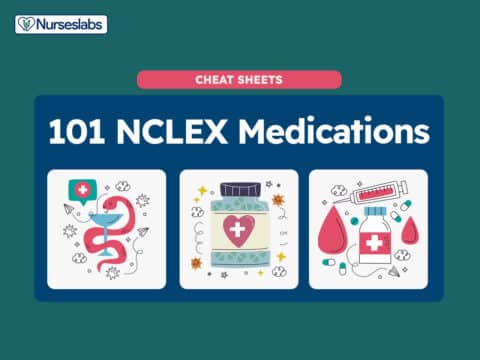
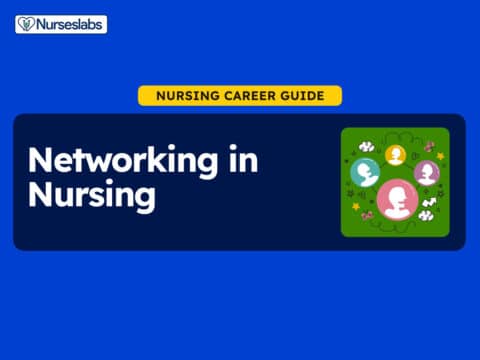

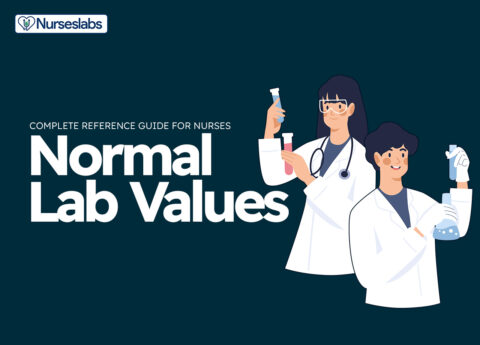
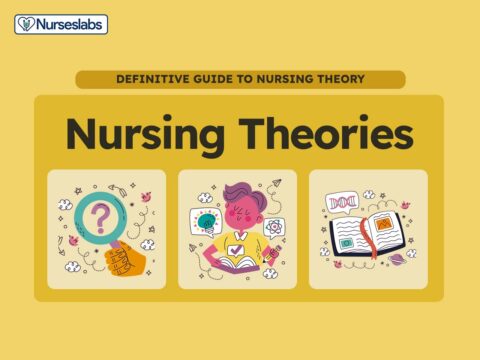

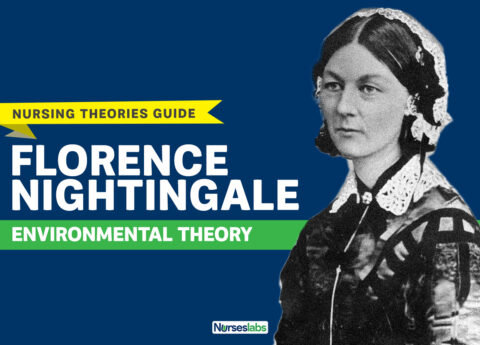

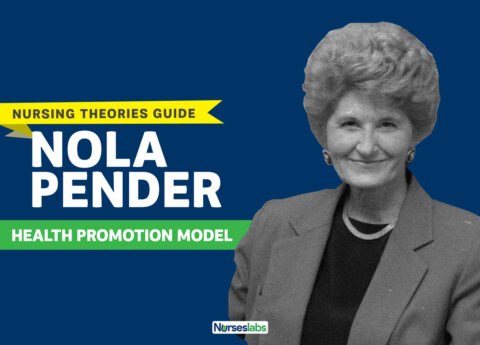

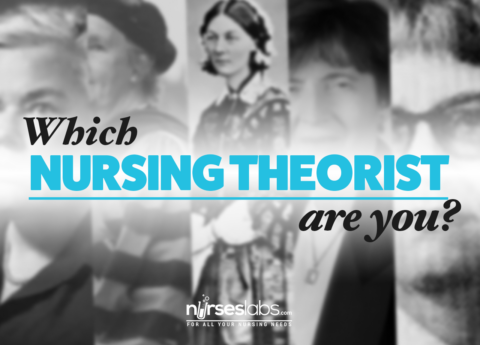
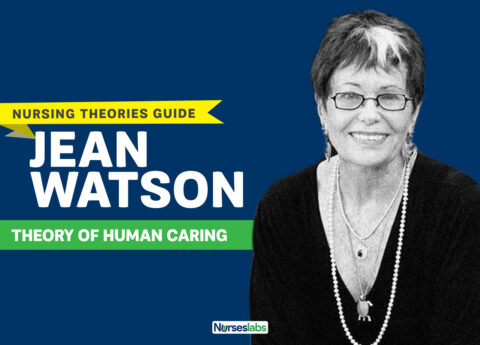


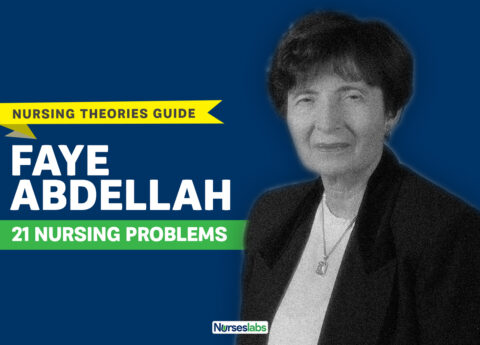
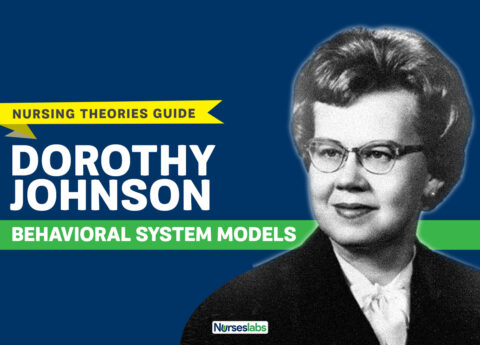
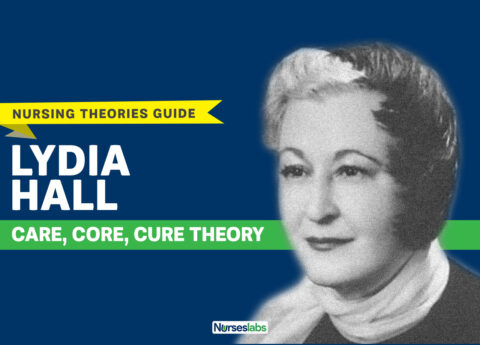

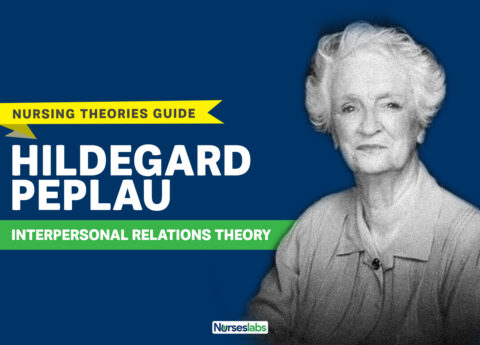
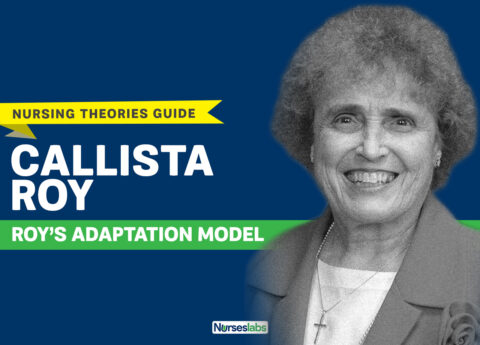
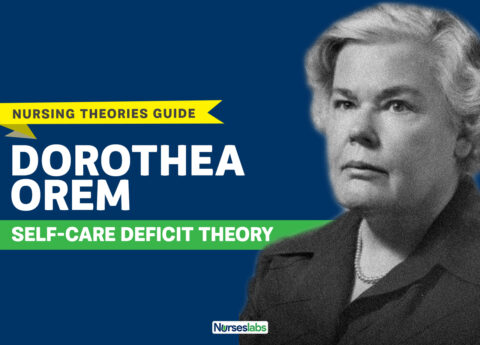
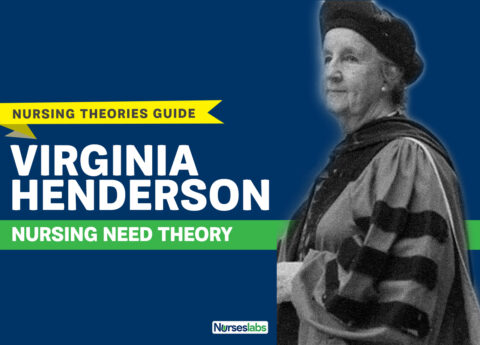
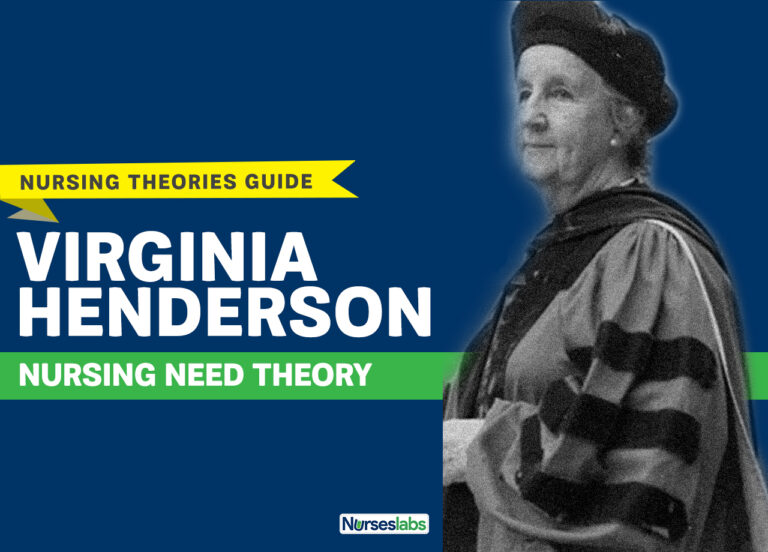
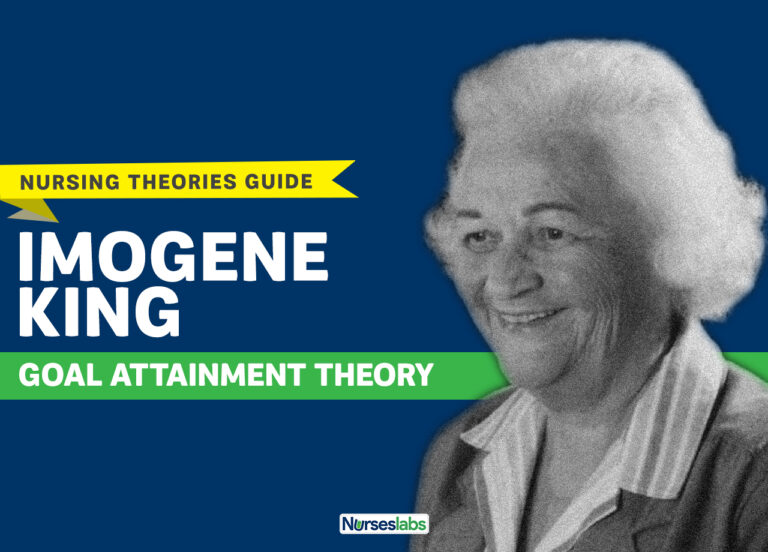


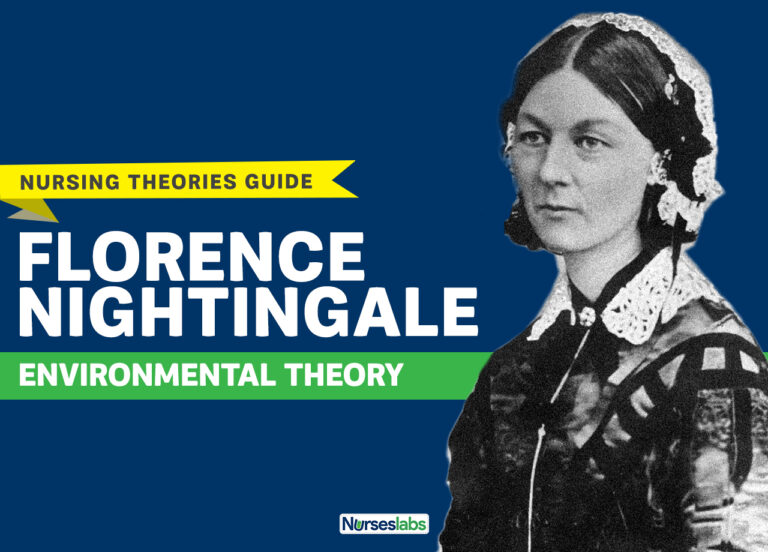


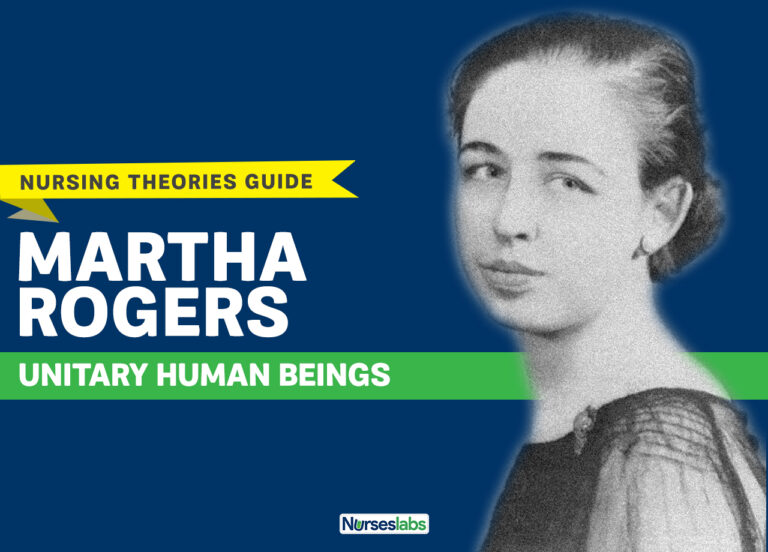
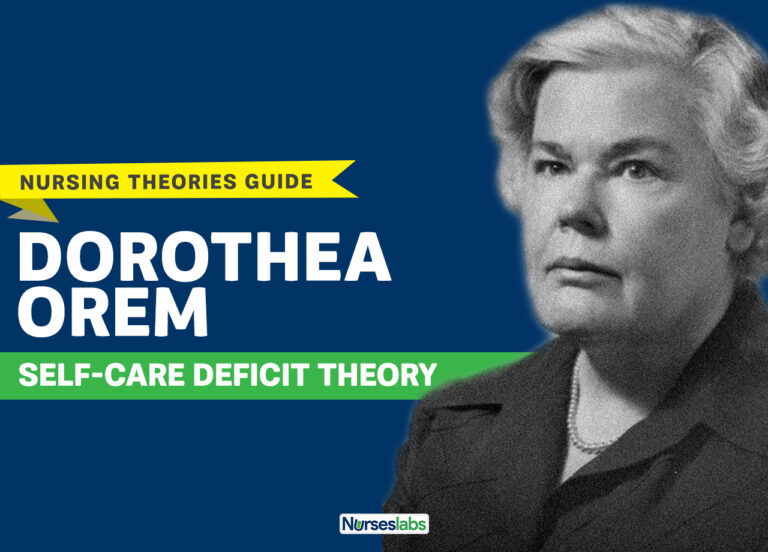
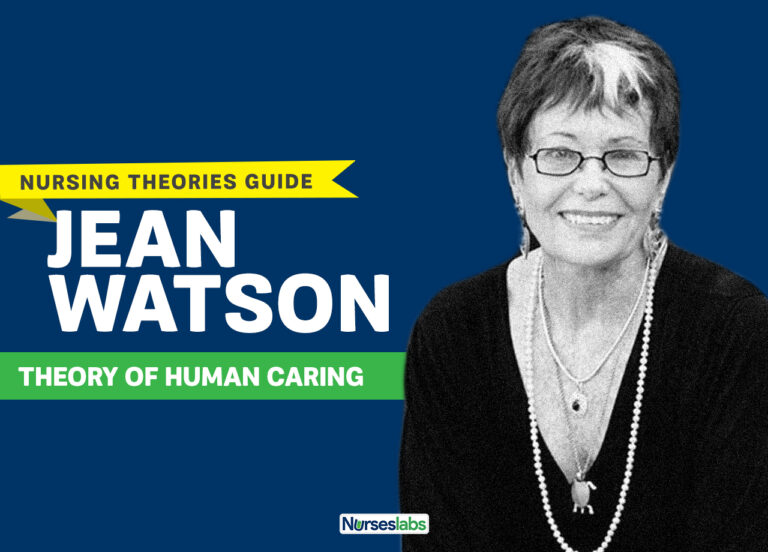

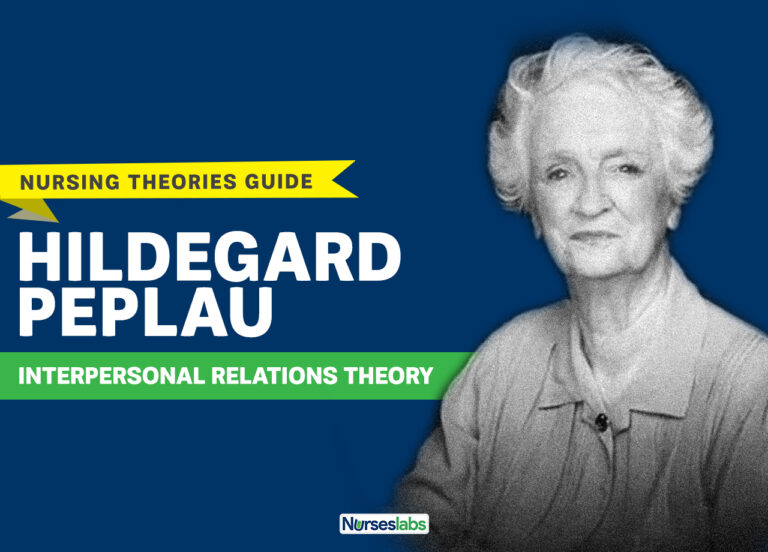
Leave a Comment